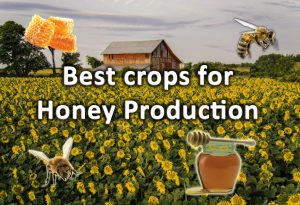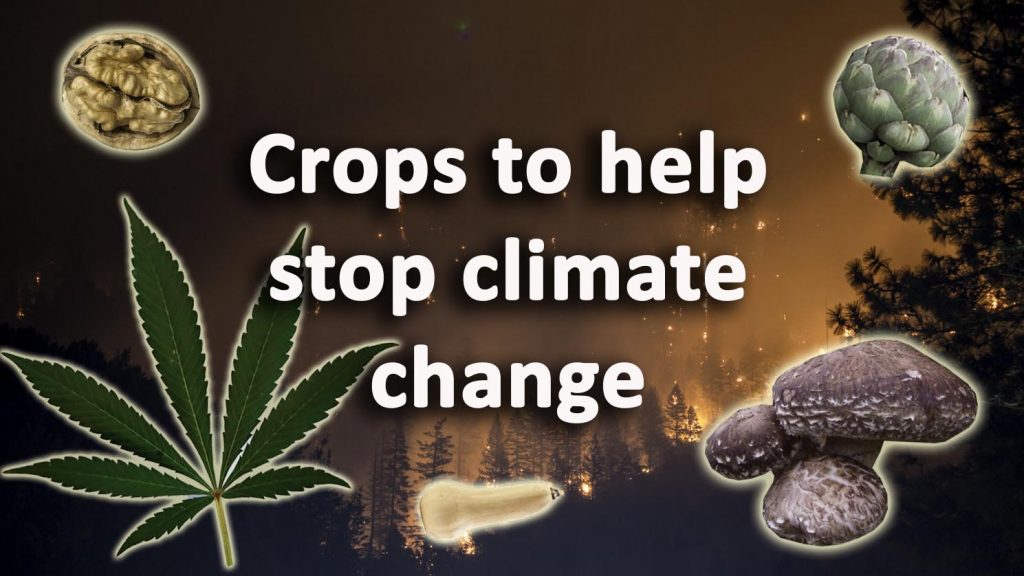There is no doubt that human civilisation is at a turning point. Do we continue to walk blindly into the catastrophe that awaits us if we do not tackle climate change?
The broad term ‘Climate Change’ constantly used in the media is in my opinion incorrect. Our climate is warming from the release of greenhouse gasses, but there is so much more to it than just ‘climate change’.
When we get to the crux of the matter the real problem is modern, intensive methods of agriculture.
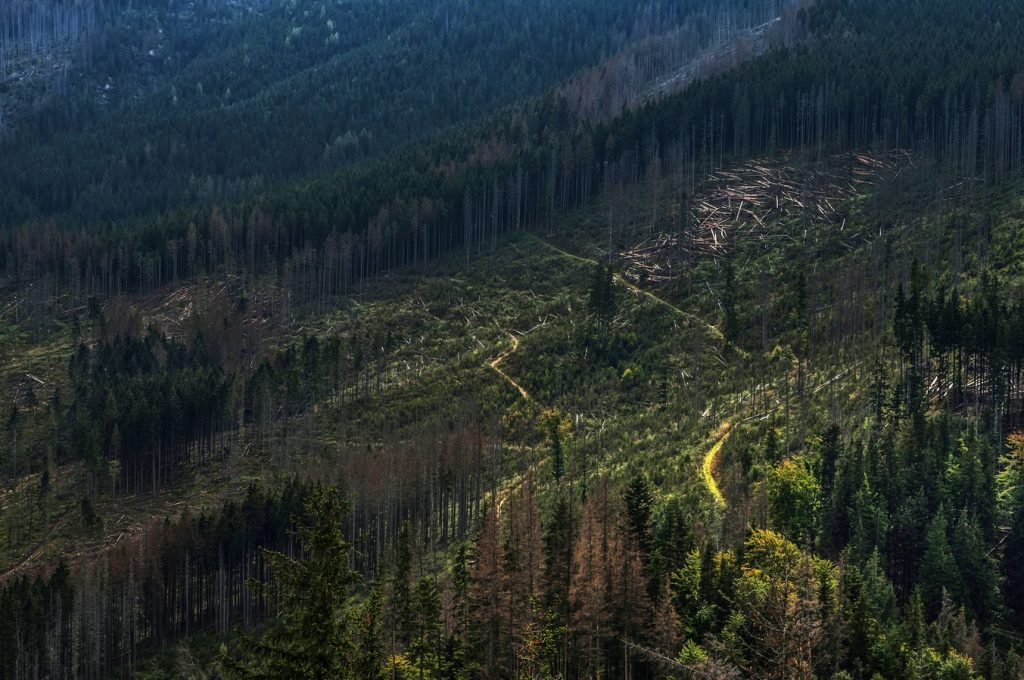
Commercial food production is one of the most ecologically degrading human practices on our planet today. Not only does it lead to habitat destruction on a gigantean scale it is completely reliant upon fossil fuels.
Why are we failing to tackle climate change?
There is one thing that is apparent to me which is never really talked about in the media! It is frustrating listening to politicians taking about ‘electric cars’ and ‘wind turbines’ being the solution to climate change.
This shows just how little they understand about the real challenges that humanity faces. This is probably because decade after decade we simply don’t seem to get a real grip on these issues.
In my opinion this term should be changed to ‘ecological imbalance’ or ‘ecological degradation’. In order to tackle these challenges we have to assess the ’causes’ of Climate change and take a closer critique of modern food production.
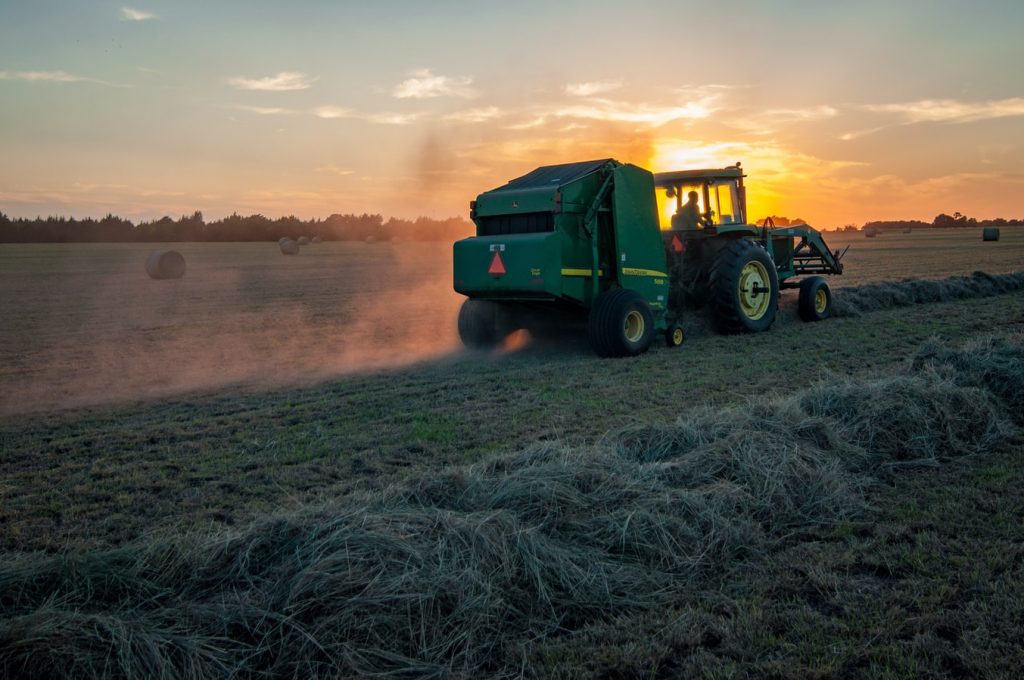
There is no point building electric cars or solar panels if they rely upon a system propped up by oil. The fact is none of the crops in our supermarket would exist without one simple commodity, ‘oil based synthetic fertilisers’.
Anyone who has tried to grow organic food crops will tell you, if your soil is poor your crops will not produce. In medieval farms of the past you would need to use crop rotation in order to keep the soil fertile.
This would mean growing less demanding crops until the ground was left fallow to regenerate. Small, self sufficient homesteading farms would recycle waste and use animal husbandry with manures to add fertility.
Without fossil fuels modern civilisation would collapse
So how have we managed to cultivate huge areas of the planet like we have today? The answer is simple. Oil! Not only does oil fuel the heavy, industrial farming equipment and transportation network it also fertilises our crops.
Fossil fuels are not just fuelling our cars and power stations they are also fuelling us. Without oil based fertilisers replicating organic nitrites, phosphates and potassium our civilisation as we know it would crumble.
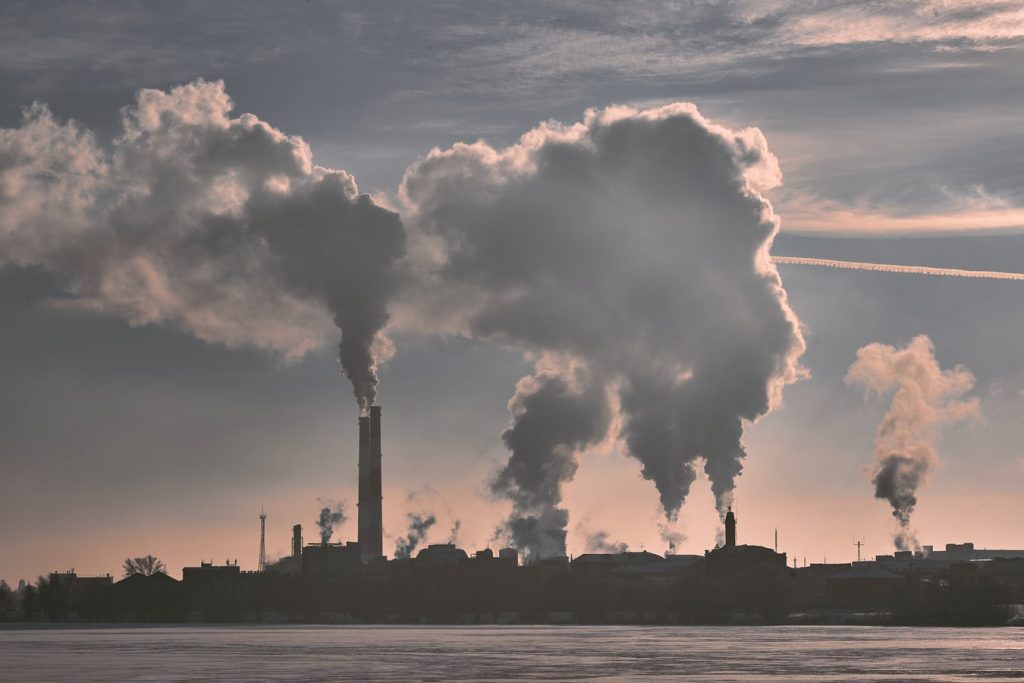
It is quite simply fossil fuels which are allowing the human population to exceed 8 billion. I think the reason this is never addressed in political debates is quite simply because they would have to break up the system to solve it.
Everyone would have to use their own daily energy to provide food for the table. This would mean small scale, self sufficient, organic farming. But you see that doesn’t make anyone rich.
Furthermore whatever government adopted this approach would be opting out of the global system. I do not think any government will ever do that! Unless we subsidise housing and living costs with our ability to be self sufficient climate change will only just accelerate.
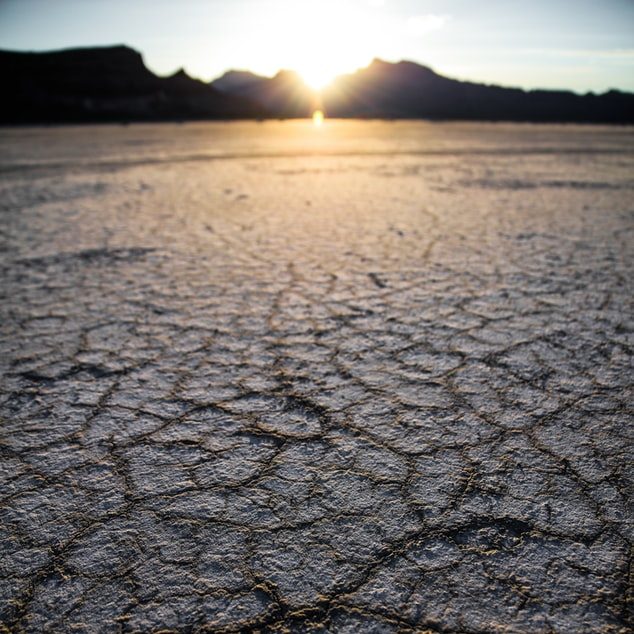
Solving the problem
The beginning of solving any problem relies on an honest assessment of the causes. For example victims of drug addiction and alcoholism usually have underlying problems which are not always properly addressed.
We all want to solve climate change but do we want it enough? Do we want to give up meat? Give up sedentary lifestyles? Give up materialism? Give up our superficial illusion of wealth?
This for me is a much larger part of the problem when talking about climate change. Unfortunately it will not be until we experience a few shocks to the system to face these honestly. And it could be coming sooner than we think.

Our legacy as an evolutionary failure?
I am sure that many people would agree that any changes are going to take time. I personally am not worried about the planet. Mass extinctions have occurred regularly in history which have typically eradicated over 90% of all species.
Humans with our outrageous arrogance think that the fragile earth cannot survive without our help. It really is actually, quite the opposite and humans will go down in history as a complete evolutionary failure.
One which can put man on the moon but not feed the poor, destroy his water and food supply in the name of profit & progress. Indeed the earth and its ecosystems will be back to swallow up our ashes long after we are long gone.

Ruralising
In order to begin the transition from our current course we will firstly need to re-ruralise. Living in nucleated densities forces us to be far away from our food supply.
The more we live next to our food sources the less food miles, hence a reduced, ecological footprint. Ecological foot print is the measure of a human’s sustainability in its simplest form. If a human was to live on a vegetarian diet and farm for self sufficiency how much land would this take?
Current estimates are around just under 2 acres and three times that for a meat eater. Using this basic idea we can see that high density living is not sustainable. Especially when you contemplate the ecological footprint of London is twice the size of the whole United Kingdom.
To learn more about how much land it takes to be self sufficient check out out our in depth article on the subject here
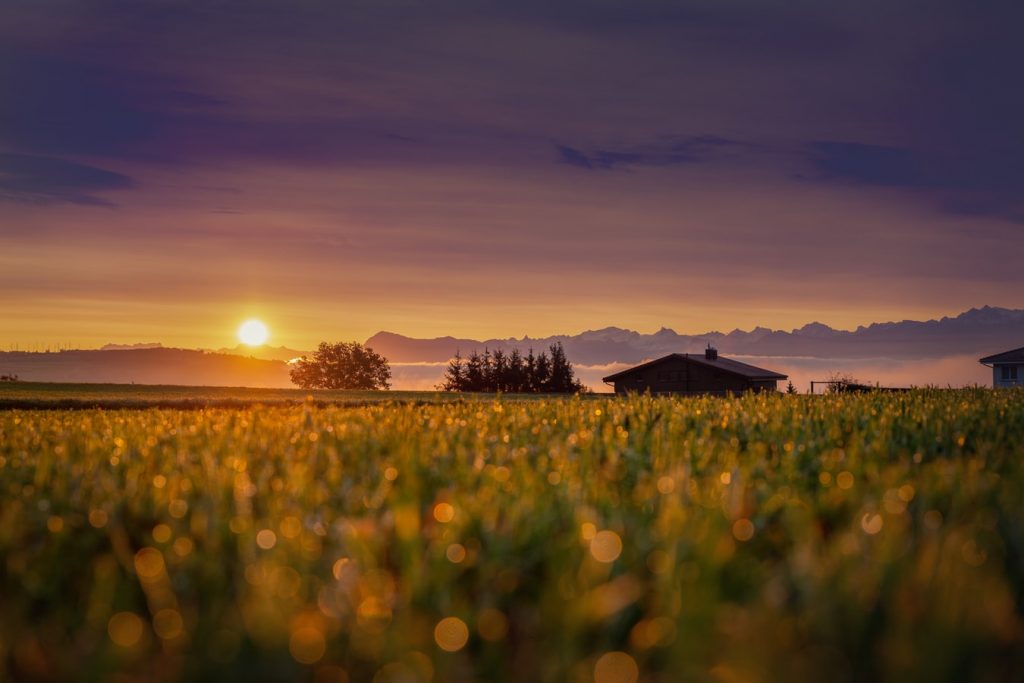
The death of cities
Add to this the significant mental and physical health benefits of living in a rural location. The factory farming of human well being needs to stop if we are to reverse climate change.
Modern cities today are rife with inequality, poverty, crime and even social unrest. Productivity in western economies is at a snail’s pace and continues to plummet. I find this no surprise with a generation strangled by student debt, poor quality jobs, and no affordable housing.
Any successful economy or country in the world is a reflection of the hopes and aspirations of its young. I ask myself how many 30 year olds leapt out of bed today with a spring in their step?
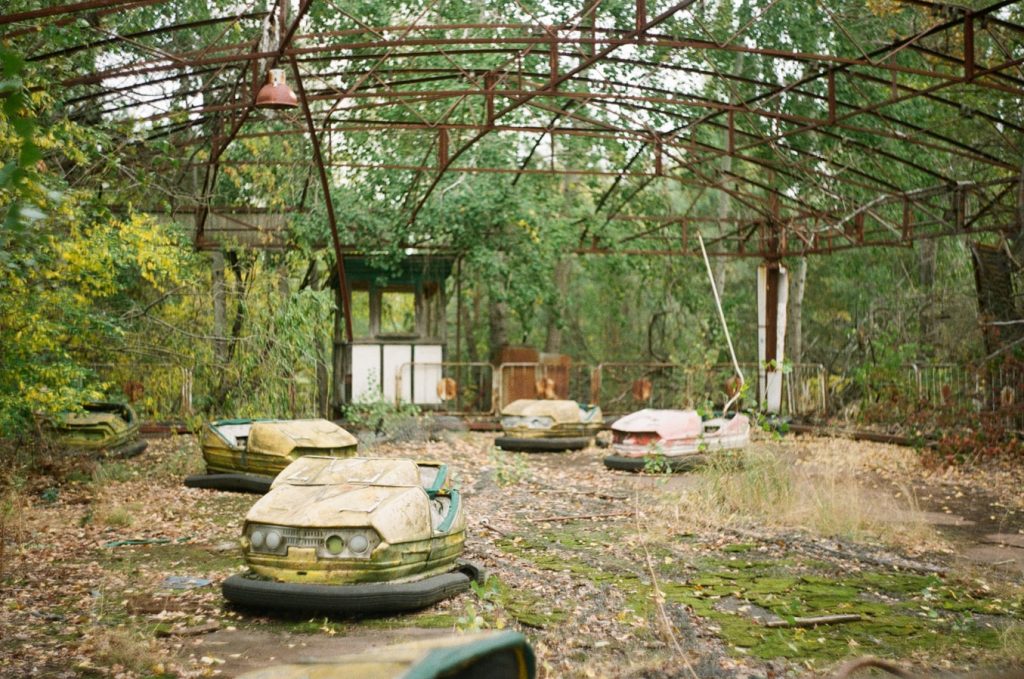
Self sufficient homesteading
If we are going to tackle climate change, mental health, obesity, inequality and housing we need to get back to basics. If the pandemic has taught us one thing it is we do not need to live in cities.
Self sufficient homesteads of the future do not have to be without technology or energy. All we need to do is allow people to provide for themselves in a sustainable way.
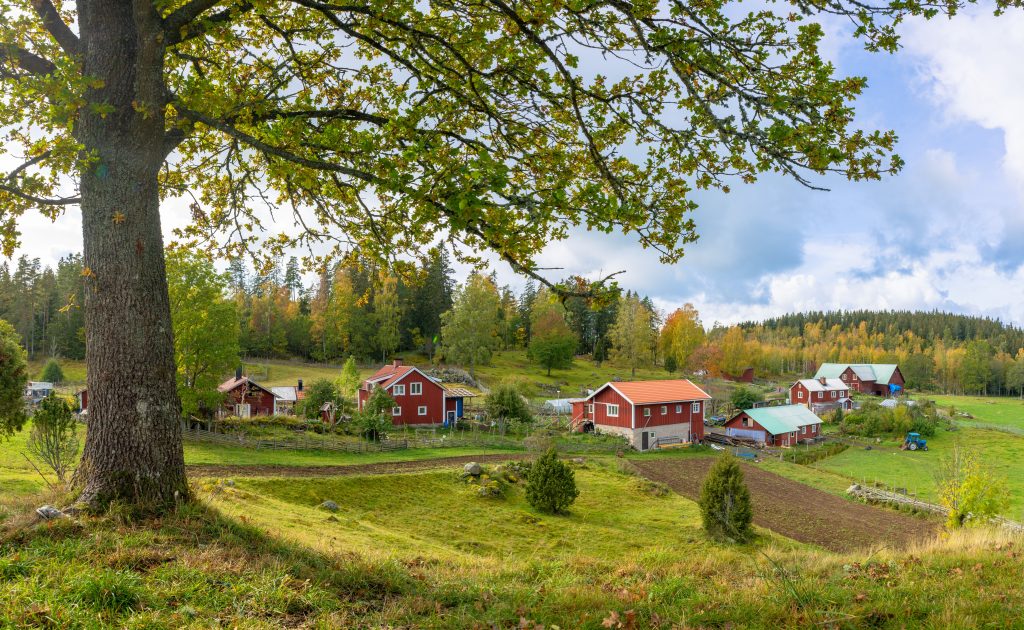
If people want to work in cities, that’s fine but give people the option to produce sustenance for themselves. This means families can spend more time together, get more exercise and eat healthily.
I personally believe self sufficient homesteading is the key to a sustainable future. It is essential for us to live upon the sunlight of today than fossilised energy of the past. Not only will this stop climate change it will also lead to happier and healthier people.
Ecological food systems
Most people would say that the reason we have mechanised agriculture is because ‘it is more efficient and can feed more people with less energy input’.
That is only true if you are not counting the fossil fuel it takes to sustain it. If you add that amount to the equation the truth reveals itself. In fact for every 5 calories of fossil fuel energy modern farming gives us back 2.
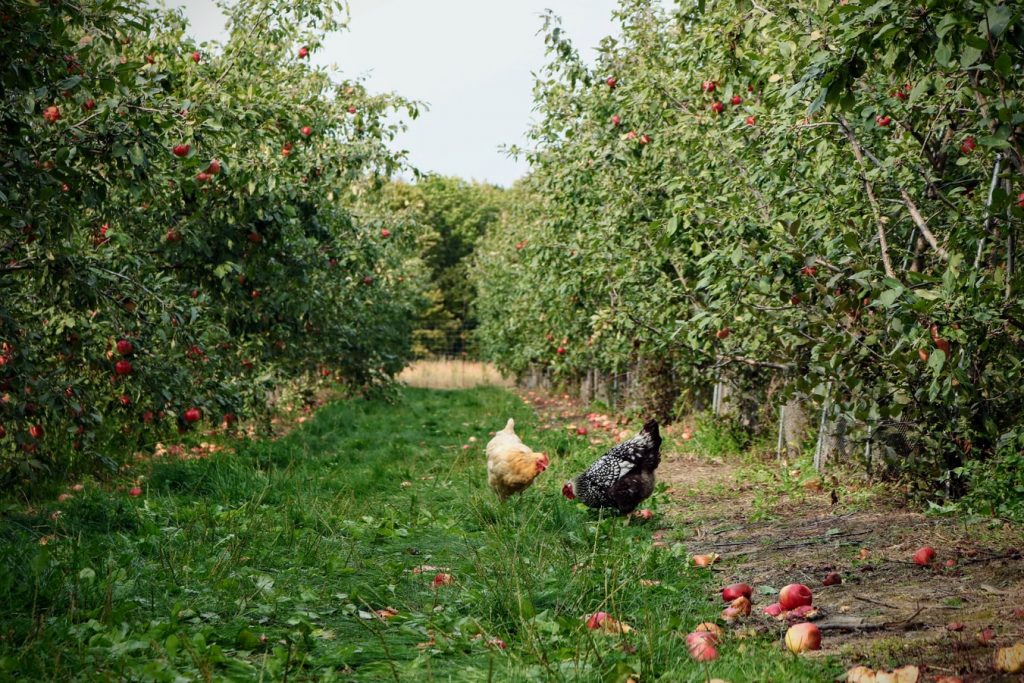
Therefore we are leaning on the availability of cheap energy to sustain ourselves. That is not mention all the carbon which is being released into the atmosphere instead of being captured and stored. It is nothing short of insanity that we have been subsidising these practices with tax payer’s money.
Climate change is forcing us to face one reality. In order to store carbon, increase biodiversity and produce food we must somehow combine all three.
There is simply not enough productive land on the planet to accommodate otherwise. We need to grow more trees, boost wildlife habitat and integrate crops into a self sustaining ecosystem. Such a Utopian idea is surely just a radical fantasy, or is it?
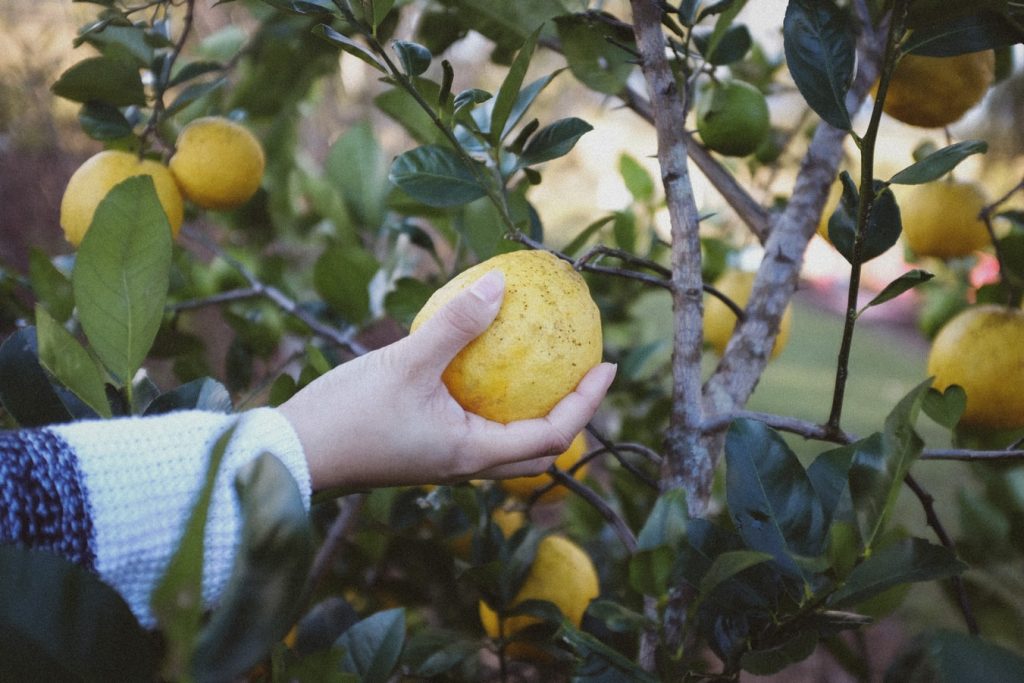
Well the truth is some of the most productive, low energy input environments of earth are woodlands. Forests are nature’s way of maintaining bio diverse ecosystems with virtually no energy expendeture.
People have spent millennia fighting against nature, cutting trees and clearing scrub. This has been to plough the soil for crops in a conventional way. What if we could bend the low energy, forest model to feed ourselves?
Planting woodlands with permanent food crops such as nuts, fruit and perennial vegetables could be the answer.
Permaculture & Agroforestry
What I have just described falls neatly into the parameters of both Permaculture and Agroforestry. Using these ecological design practices the forest model is adapted to produce food.
Like a forest the suns energy is captured by a series of canopies. This enables you to grow large amounts of crops in one space. Food crops can include Nuts, fruits, tubers, edible perennials, and mushrooms all within a naturalistic setting.
Such systems become rich in wildlife which increases the possibilities for hunting. These rich environments become perfect places to raise poultry with less need for agricultural feed.
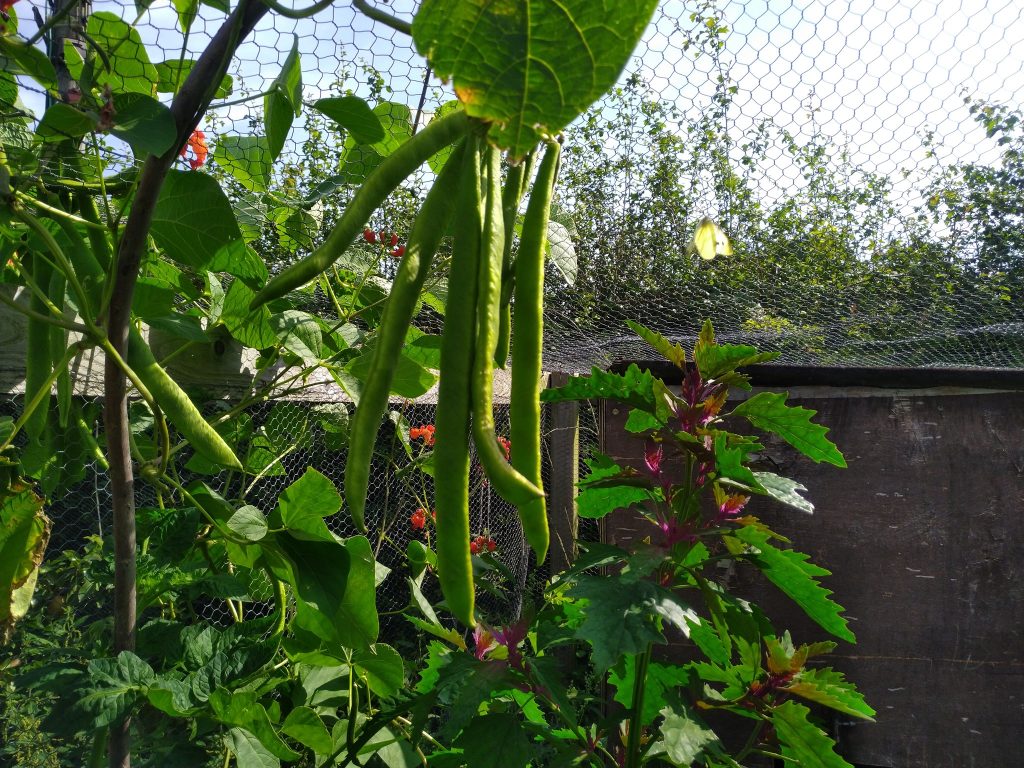
Naturalistic ponds can provide aquatic habitats and fish for the table. Bee keepers can benefit from a diverse array of available pollen and nectar. These food forests can be dispersed by woodland clearings practicing organic, self sufficient homesteading.
There is no doubt in my mind if we are going to reduce climate change, feed ourselves, sequester carbon and boost biodiversity this is the way to do it! It has been shown that these systems can produce up to 5 times the amount of food per acre than modern farming with virtually no energy input.
Why do we not use these methods of growing food?
The only problem with these systems is that they require skilled and knowledgeable people harvesting during the seasons. There is no quick and efficient way to commercially produce enough crops to sell in bulk at once.
This means there is no real commercial viability for it in our current system. This is of course unless the system was adapted to accommodate it. There are no real quick and easy solutions to how our system works. However by realising the system is what got us where we are it’s probably time for a radical change.
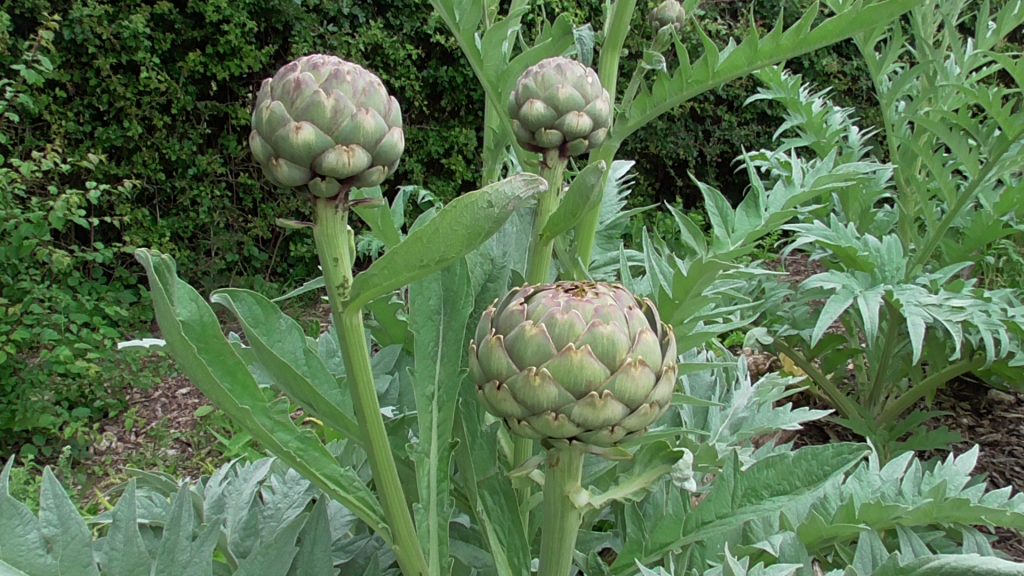
A transition to sustainable farming
In the end there will be a simple choice for humanity to make; sustainable food production, ecological restoration or collapse. This will take time but a slow transition to more local food production will be easier than we think. That is if the political will and investment is there.
Agriculture will also have to focus its attention on energy input and output. How much carbon do certain crops capture and how many people can be fed per acre. This will begin a sustainable transition to a more ecological economy which could halt climate change and global warming. This approach will also lead to;
- Less pollution
- More wildlife
- More biodiversity
- Stronger communities
- Improved family life
- Active lifestyles
- Better diets
- Less obesity
- Improved mental health
- The best crops for climate change
The optimum crops for climate change will be the ones which adhere to a new, sustainable approach to farming. The best crops for climate change are those producing maximum yields without the need for fossil fuels.
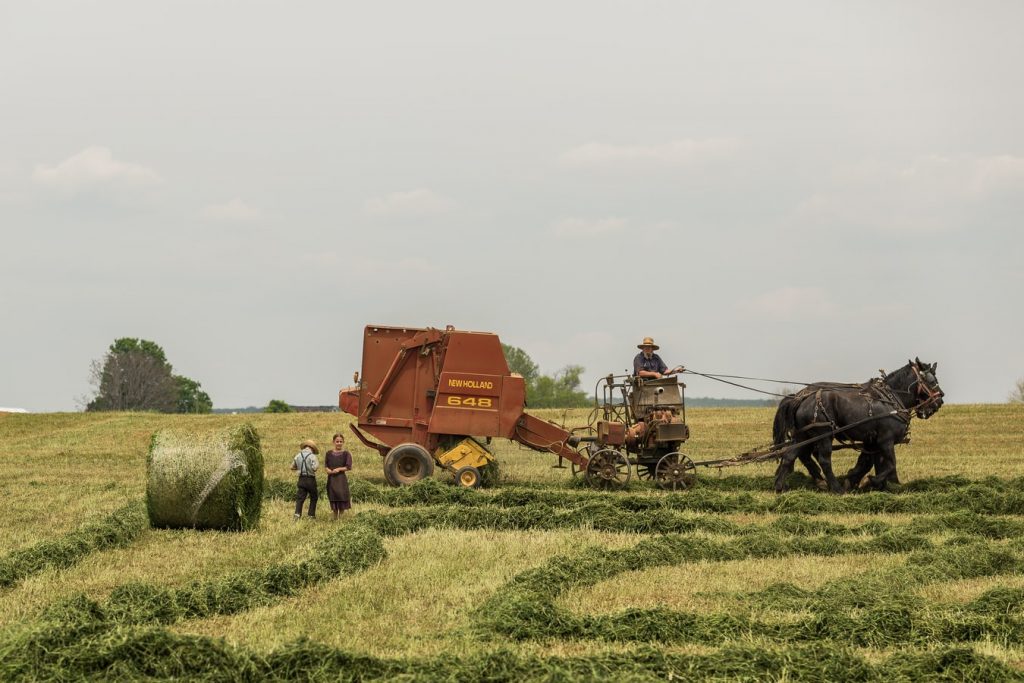
This includes combustion engines, synthetic fertilisers, pesticides and herbicides to produce viable harvests. These crops will be more permanent in nature not relying on machinery for annual ploughing and transportation.
Climate change mitigation crops will sequester carbon, boost biodiversity and accommodate multiple uses. We have collected and listed the best crops for a sustainable farming transition and mitigating climate change below.
Hemp
Hemp is a wonder crop when it comes to versatility and carbon capture and storage. This fibrous, annual crop can be used to make, insulation, rope, bio plastics, textiles, shoes, paper and animal bedding.
Due to the fact hemp produces physical products means it sequesters carbon from the atmosphere and stores it within its fibres. Every acre of hemp can capture and store up to 6 tonnes of carbon. The fact that this plant can produce two crops a season makes it one of the best plants to fight climate change.
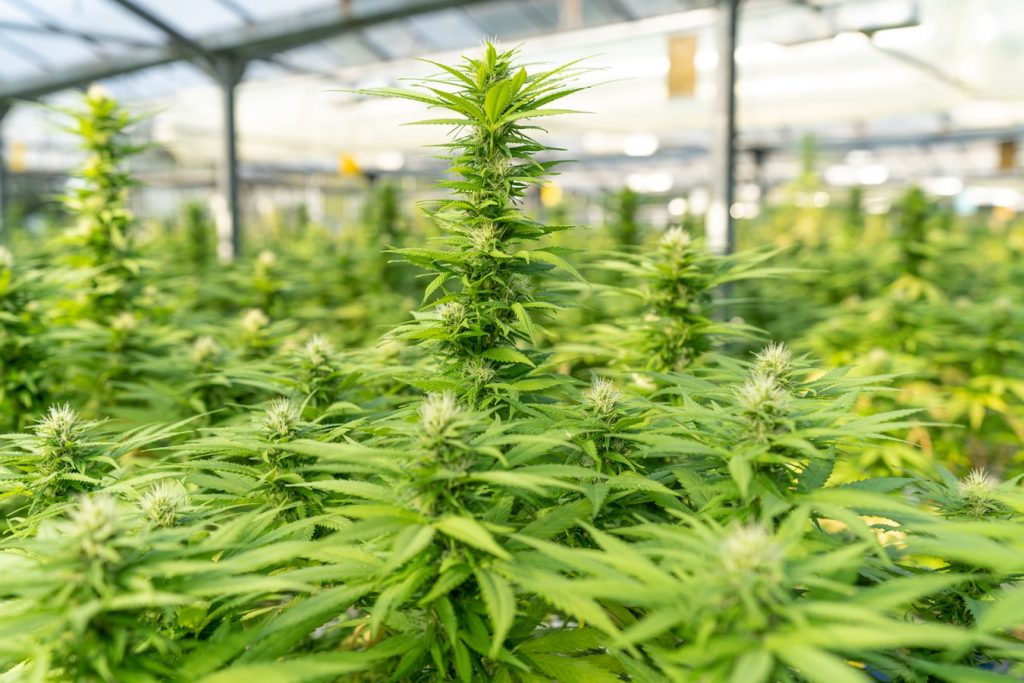
Miscanthus
Miscanthus is a type of fibrous, perennial grass which is commonly used for ornamental purposes in gardens. However Giant Miscanthus in particular has huge potential as a climate change mitigation crop.
Also known as ‘Elephant grass’ this extremely robust crop growing to more than 4 metres tall. Once planted, the rhizomes can grow every year for up to 20 years. This reduces amounts of intensive energy expenditure ploughing and replanting every year like annual crops.
The foliage of this plant can be used for papermaking, biofuel, and animal bedding. It requires no fertilisers or pesticides and can act as good cover for wildlife and game.
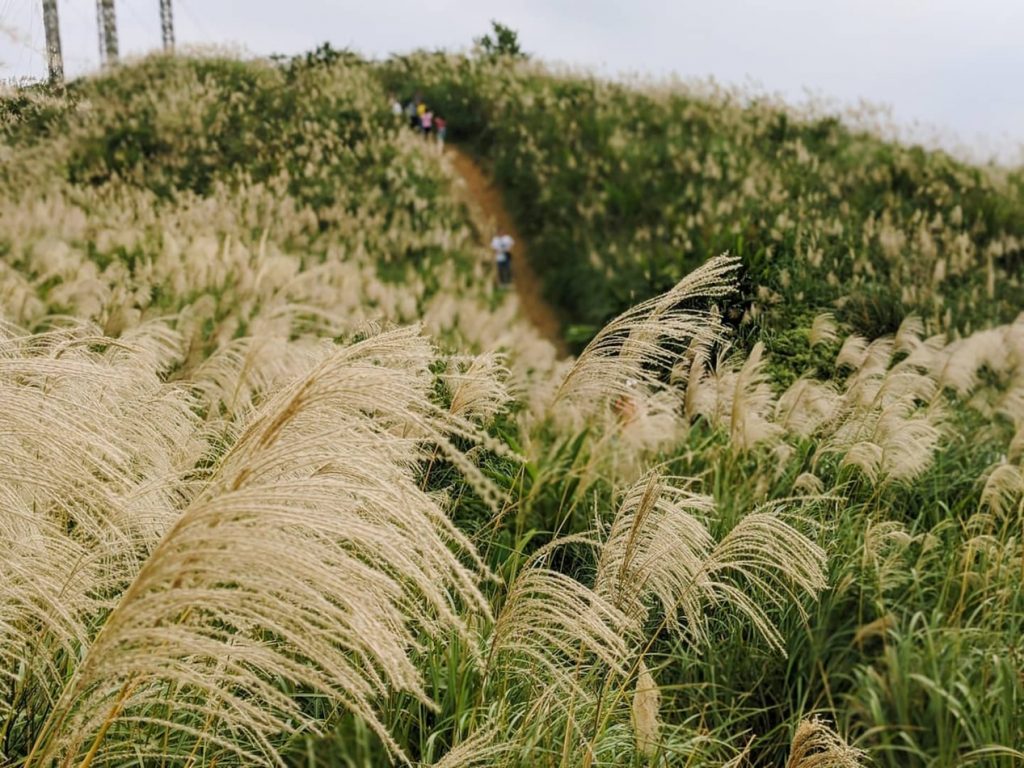
Chestnuts
Chestnuts are a large tree originally from southern Europe and produces a tasty nut crop. Although Chestnuts can take up to ten years to start producing nuts they are a worthwhile investment.
These trees are extremely versatile and as well as producing a nut crop makes brilliant hedging stock. Trees can also be managed as coppice providing long poles for building materials or tools.
The wood does not biodegrade easily making it perfect for fencing. If planted in an orchard these nut trees can produce 2 tonnes of crop per acre. These can be made into flour or dried for long tern storage.
Walnuts
Walnuts are also an extremely worthwhile nut crop. Like Chestnuts they can produce around 2 tonnes of nuts per acre and being a tree will capture and store carbon. Although these are slightly less hardy than chestnuts they are very productive.
Walnut timber is also extremely highly valued and very worthwhile as a long term investment. All nut trees are great crops to fight climate change as they store carbon and don’t require annual ploughing.
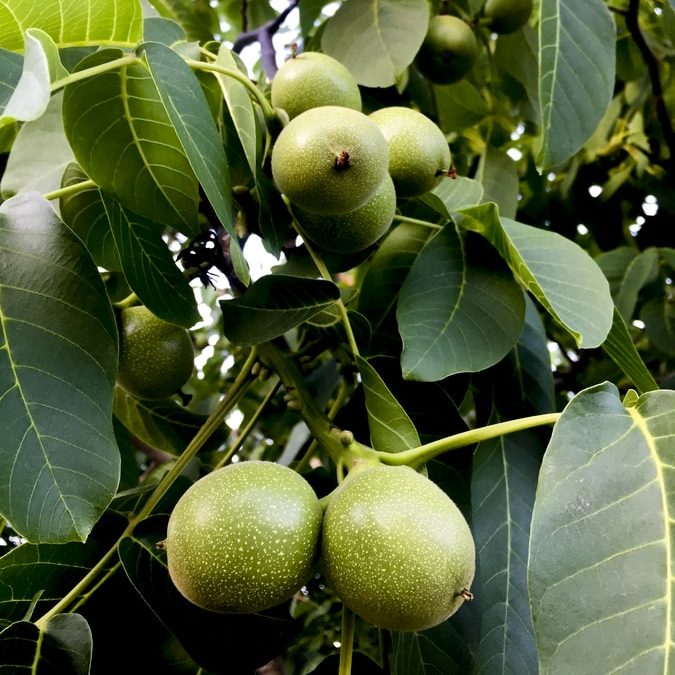
Cobnuts
Cobnuts are a type of hazelnut that was bred for larger nuts than the known, wild varieties. However just like wild hazel this small nut tree is very cold hardy and very productive. Being a small woodland species it can take nutrient poor soils and some shade. This makes it ideal for wild temperate climate food forest projects.
The Orchard varieties are a compact size which makes them very easy to harvest without machinery. An added bonus with these is they can be inoculated with truffle fungus. Although not a guarantee of truffles if they do fruit you will be in for a financial windfall.
Apples
Apples are an extremely worthwhile fruit tree to include within a self sufficient homestead or commercial orchard. Apples can be eaten raw, used for cooking as well as making cider and vinegar.
All fruit trees will remove carbon from the atmosphere but apple trees are particularly efficient at it! This makes apple trees one of the most productive crops to help fight climate change.
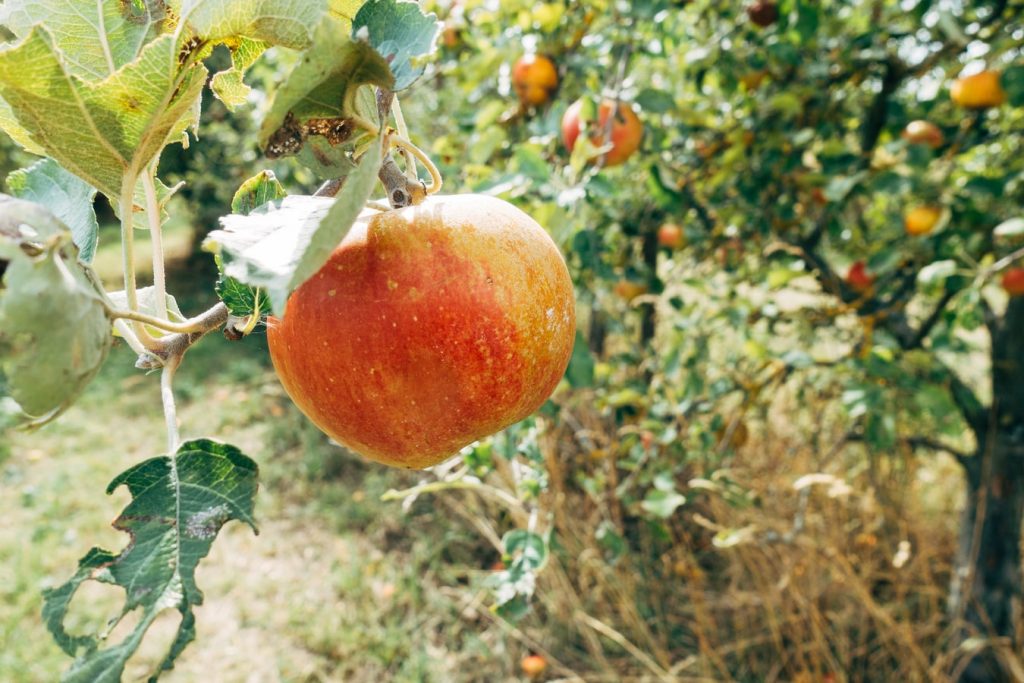
Buckwheat
Although Buckwheat is not cultivated today as much as it was in history it has huge potential for the future. Since the industrial revolution its use as a grain has plummeted. However there was a very good reason Buckwheat was a staple grain in history.
This crop is one of the only grains which will fertilise the ground with nitrogen. Being a potential edible fertiliser in the future makes it a super crop to help the fight against climate change.
Amaranth
Native to Mexico and southern America this ancient grain was cultivated by the Aztecs which contributed to 80% of their energy consumption. Unlike other annual grains this plant is a perennial meaning it produces more than once. This crop has shown good potential to fix carbon and also has edible leaves and can produce good quality oil.
Fingermillet
This ancient grain crop originally came from the arid regions of North east Africa with its cultivation spreading to India. Finger millet is extremely tolerant of drought and once harvested can last in storage for up to ten years. With hardly any pests or diseases and tolerant of a wide range of soils it is extremely robust. With its resilience to hot temperatures this grain could be beneficial for a warming world.
Seaweed
Seaweed may not seem like the best crop to see of the effects of climate change but has huge potential. Sea weed farms have increased in production by 60% in the last 30 years due to rising demand. This practice which originated in East Asia has been the subject of much ongoing research.
It has been found that growing sustainably managed seaweed forests, local marine biodiversity can increase. This highly nutritious green is not only healthy it also appears to sequester carbon in the ocean. There is no doubt oceans hold huge potential for sustainable maritime crops to help fight climate change.
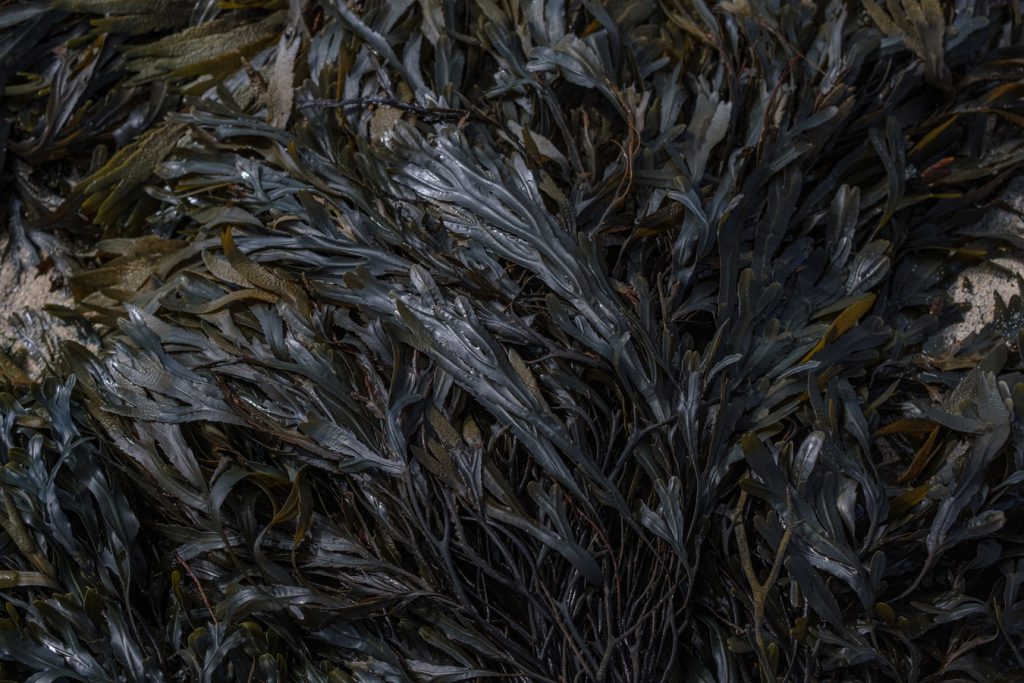
Oyster mushrooms
Oyster mushrooms are thought of as a bit of a delicacy and are both healthy and delicious. What is especially usefully with this crop is they can be grown on waste materials. Anything from wood shavings to cardboard and waste coffee grounds can be used to grow these amazing fungi.
Like all fungi they can break down organic waste and help to improve soil quality. Furthermore they can be grown in shady forests where it’s to shady for other crops. This makes them perfect for food forest systems and orchard under plantings.
Beans
Beans come in a wide range of varieties from cold hardy like fava’s to drought resistant black eyed beans. One of the most widely grown varieties is soya beans which are a very rich form of organic protein.
Beans are nitrogen fixing crops which means they can add fertility to the soil. This characteristic makes them perfect for self sufficiency and cultivating less fertile sites. These can be grown vertically making them extremely efficient for space. Beans can be dried and stored for a number of years making them a resilient food source in unpredictable climates.
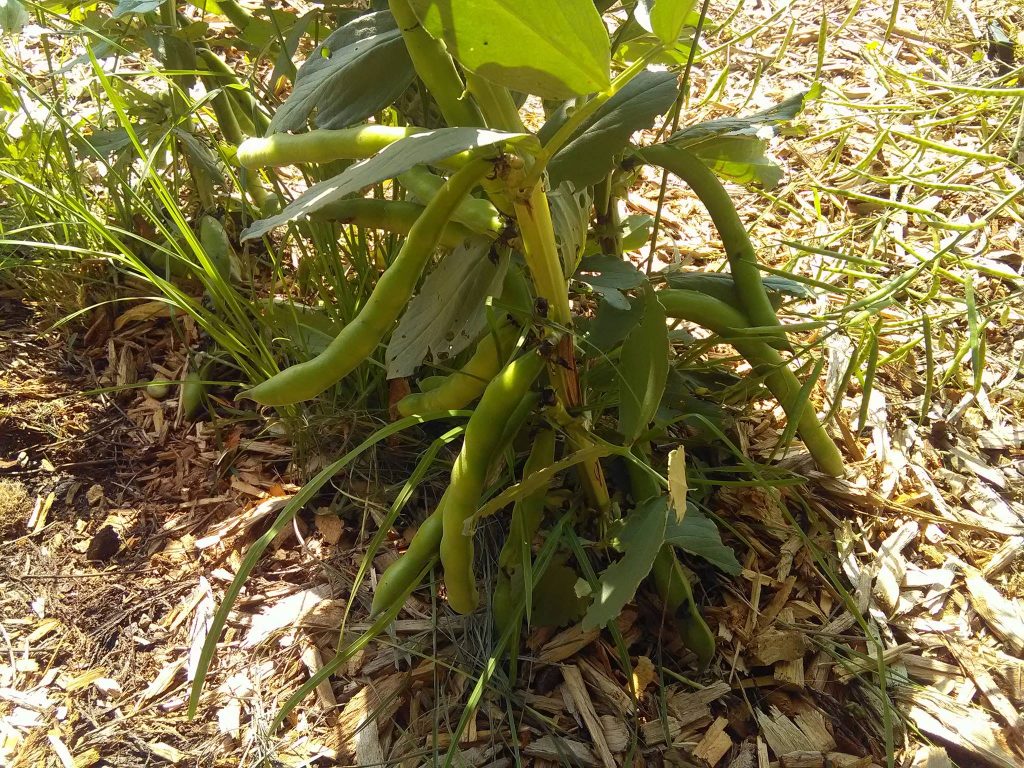
Peas
Peas, like beans are also nitrogen fixing crops which make them perfect for feeding the soil. Peas are generally less robust but most do also have edible foliage. This makes their shoots great in dishes like salads and stir fry’s. Like beans these can be grown vertically and easily dried for long tern storage. Peas can be grown up other crops like corn allowing ‘crop stacking’ in a single location.
Jerusalem artichoke
Jerusalem artichoke used to be a staple source of carbohydrate in Europe before the arrival of the potato. This close relation of the sunflower grows from thick tubers which can grow to colonise large areas.
They are hardy and tolerate a range of conditions providing a great way to establish a ‘wild underground store of carbohydrate’. At the end of the growing season their woody stems can be cut as fodder, mulch or composted. This means they help to sequester carbon and provide a continuous food source with little input.
Cardoons
Cardoons are effectively the same plant as globe artichokes and a very attractive plant at that. If you’re looking for a productive crop, that looks great and good for pollinators this is it. The best crops for climate change are the ones which have multiple uses. This crop is popular in North Africa as it is extremely drought tolerant.
This factor also makes it a great food crop for mitigating global warming. Cardoons are perennial so once planted they come up every year and can last for many years. The thick stems can blanched and eaten in soups, stews and curries.
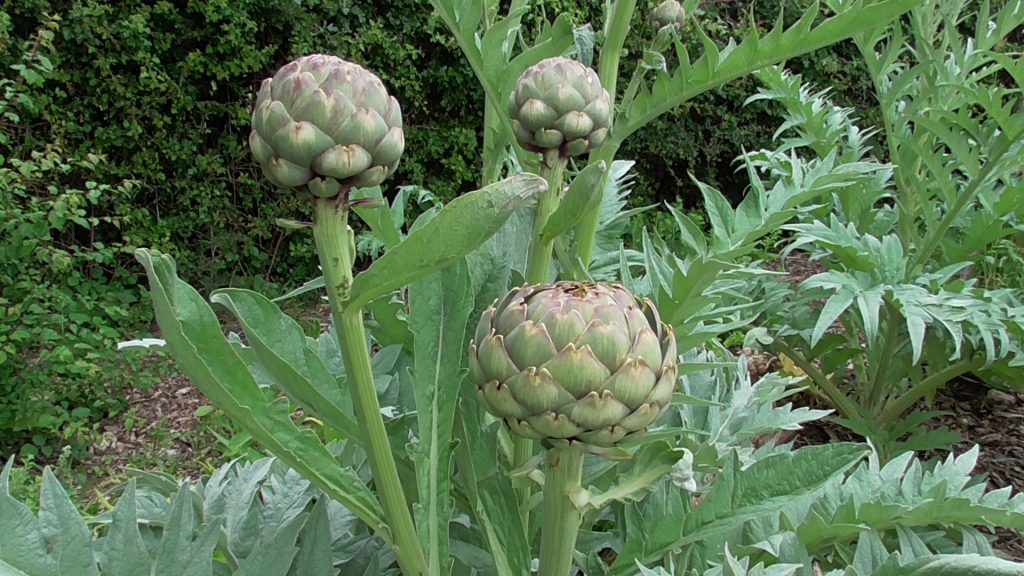
Mulberry
Mulberry trees have many uses the most profitable of which is to feed silk worms to produce textile fibres. Silk production is much more sustainable than cheaper, synthetic fibres which are bad for the environment.
The leaves of this tree can be eaten and utilised in arid climates to feed animals. The well known benefit of this tree is the fruit which can be eaten raw, dried or made into wine.
Pomegranates
Pomegranates are delicious fruits with a sweet taste and nutty fruit rich in vitamin C. Pomegranates are not only attractive and ornamental they are very drought tolerant. This makes them a good candidate for a world of climate change and global warming.
They are also at the same time surprisingly hardy being able to tolerate temperatures of -12. This makes them a resilient crop and one which can occupy the ground for a long duration.
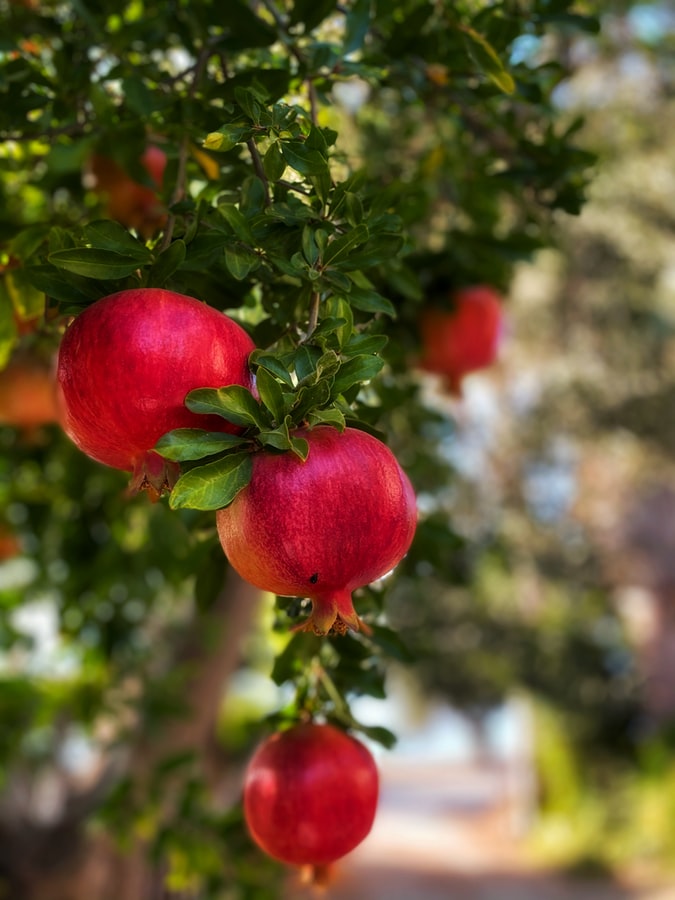
Olives
Olive trees can live for thousands of years and produce a rich source of essential fatty acids. Studies have shown olive oil is extremely rich in antioxidants and good for heart health.
Being drought tolerant olives have so much potential to extend their range in a warming world. These trees are also very ornamental with airy light, blue, grey foliage. Their sparse leaves allow a lot of sunlight to the soil allowing you to grow other crops underneath
In the cooler seasons Cretan peasant farmers would grow fava beans underneath them for a secondary crop. Olives are certainly going to be an essential crop into the future.
Chinese yam
Chinese yam is a temperate climate, tuberous vegetable which can be grown in woodlands. As long as it is given a loose, deep soil it can produce long, thick tubers which are very delicious and medicinal.
Its ability to put up with shade has made it popular in permaculture and food forest projects. This yam also produces ‘areal bulbils’ which are also edible and can be easily propagated on. As a crop which can be grown in forests, it is very efficient in the fight against Climate change.
Sweet potato
Sweet potato is a well known tuberous vegetable and widely available. Although a tropical crop it can be successfully be grown under glass in temperate regions. Its delicate stems and foliage can create a substantial root crop while being grown vertically. This allows it to be intercropped with other types of food production.
Squash
Squash includes both winter squash and summer squash including crops like Pumpkins, Courgettes and Marrows. Winter squash in particular can be grown vertically making for an efficient use of space. Crops can easily stored during the winter months and grown as companions with other vegetables. Also its flowers are great for pollinators such as bees and can also be stuffed in various dishes.
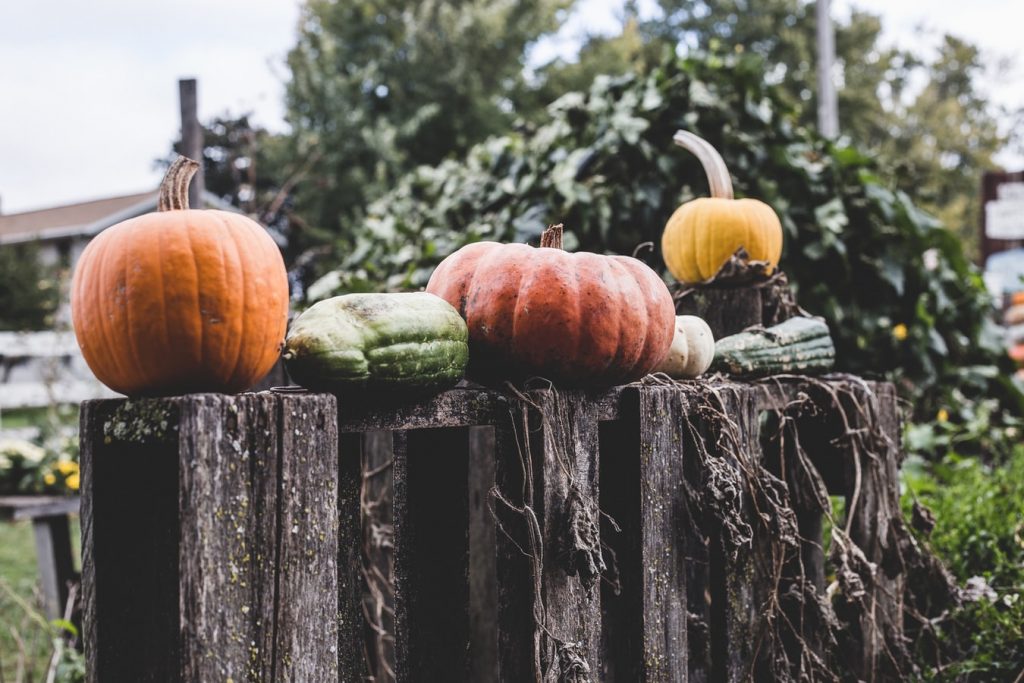
Perennial vegetables
Commercial, mechanised, agriculture has grown accustomed to growing specifically annual crops. These are those which are germinated and harvested within a single season.
This uses less resilient crops requiring intensive care and a lot of energy input. Annual crops generally require more pesticides, herbicides and seasonal ploughing. Perennial vegetables on the other hand once planted produce year after year.
This reduces energy input and generally makes crops much more sustainable. Perennial vegetables are typical of sustainable systems such as agro forestry and permaculture.
It has been said, perennial vegetables will play a greater role feeding populations of the future. Consequently these crops could help in the progressive fight against climate change.
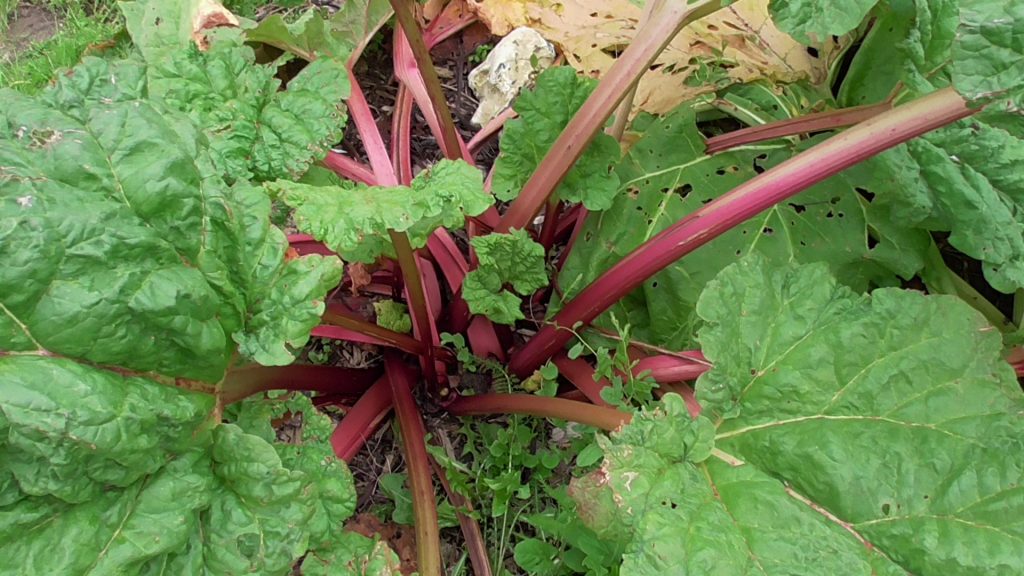
Back to home
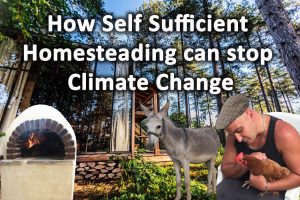
How Self Sufficiency and Homesteading can stop Climate Change
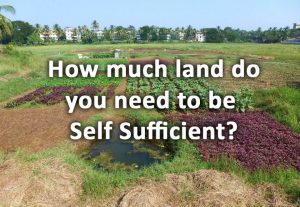
How much land do you need to be self sufficient?
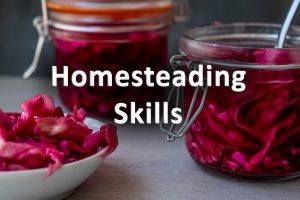
Homesteading skills, for Self Sufficiency
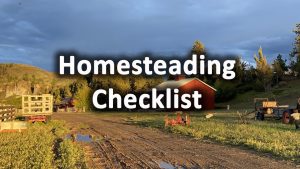
Homesteading Checklist for self sufficiency

A beginner’s guide to self sufficiency & its benefits
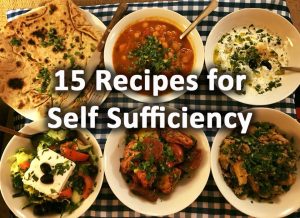
15 recipes for self sufficiency
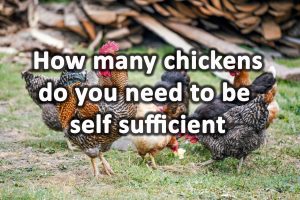
How many chickens do you need to be self sufficient?
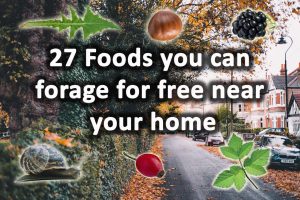
27 foods you can forage for free near your home
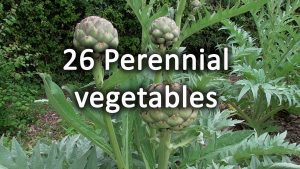
26 Perennial vegetables for the garden

Self sufficient homes
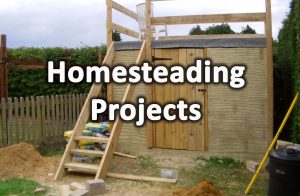
31 Homesteading projects
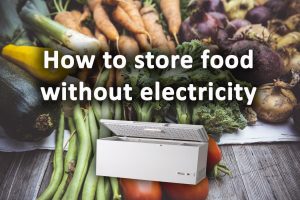
15 Ways to Store Food without Electricity
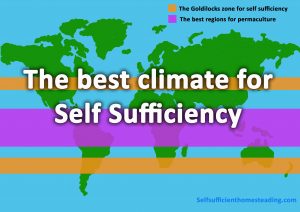
The best Climate for self sufficiency
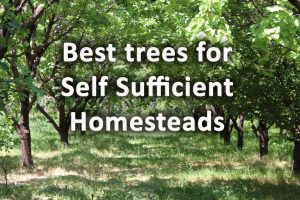
The most useful 22 Trees for a self sufficiency & homesteading
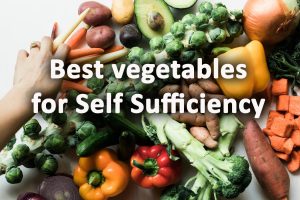
31 Vegetables for self sufficiency
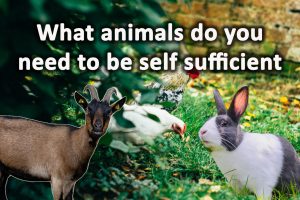
What animals do you need to be self sufficient?
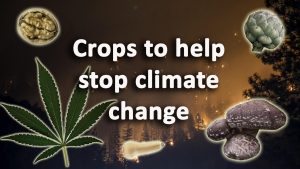
How to stop Climate Change with Crops – Crops for climate change
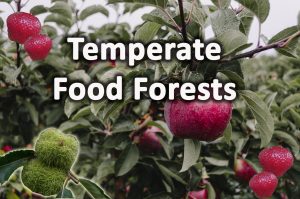
Temperate Food forests
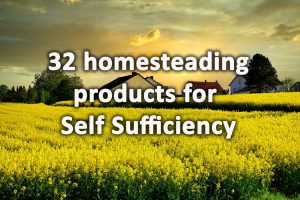
32 Homesteading products for self sufficiency
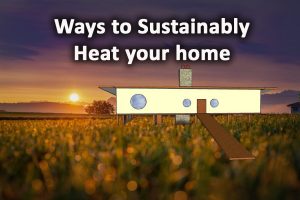
10 Ways to Sustainably Heat Your Home
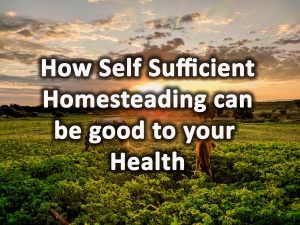
10 Ways self sufficient homesteading can be good for your health
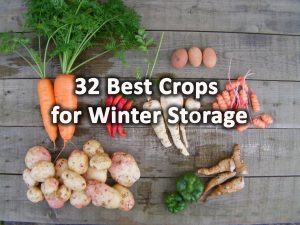
32 Best Crops for Winter Storage
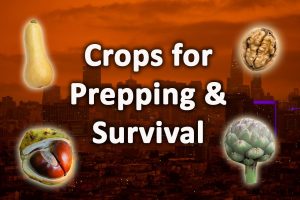
34 crops for prepping and survival
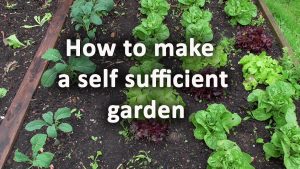
How to make a self sufficient garden
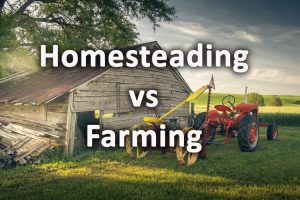
Homesteading verses farming what’s the difference?
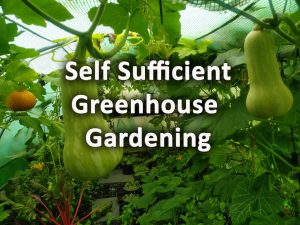
Self sufficient greenhouse gardening
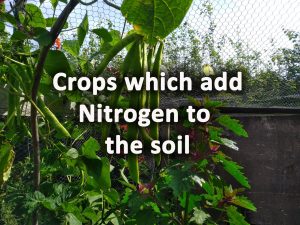
12 Crops which add nitrogen to the soil
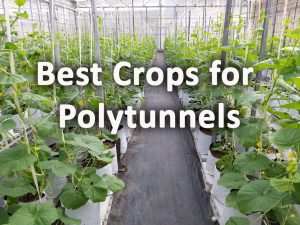
32 of the best crops for Polytunnels
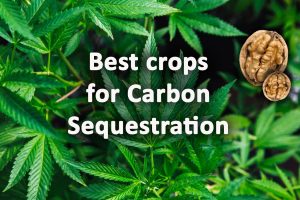
12 Best Crops for Carbon Sequestration
